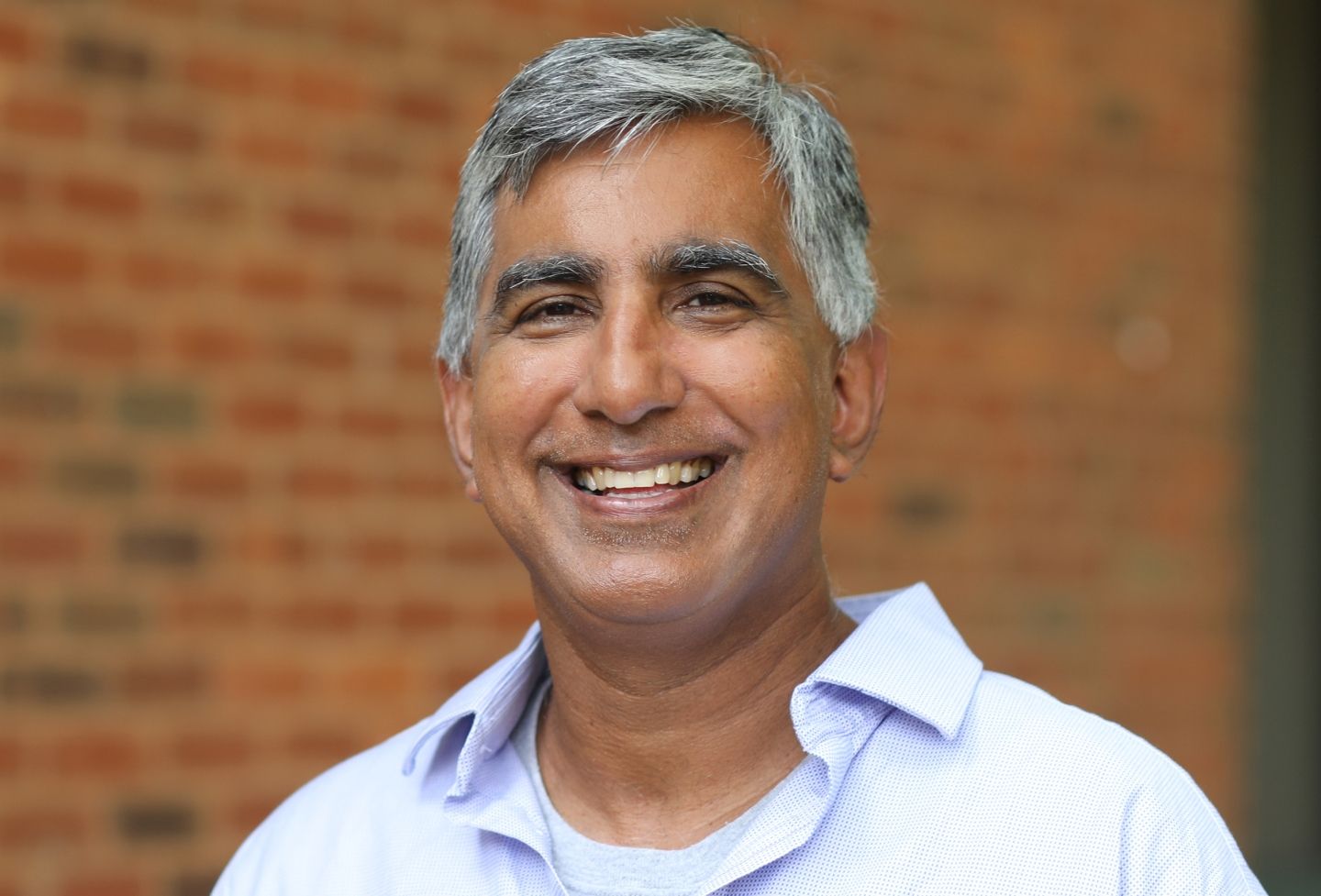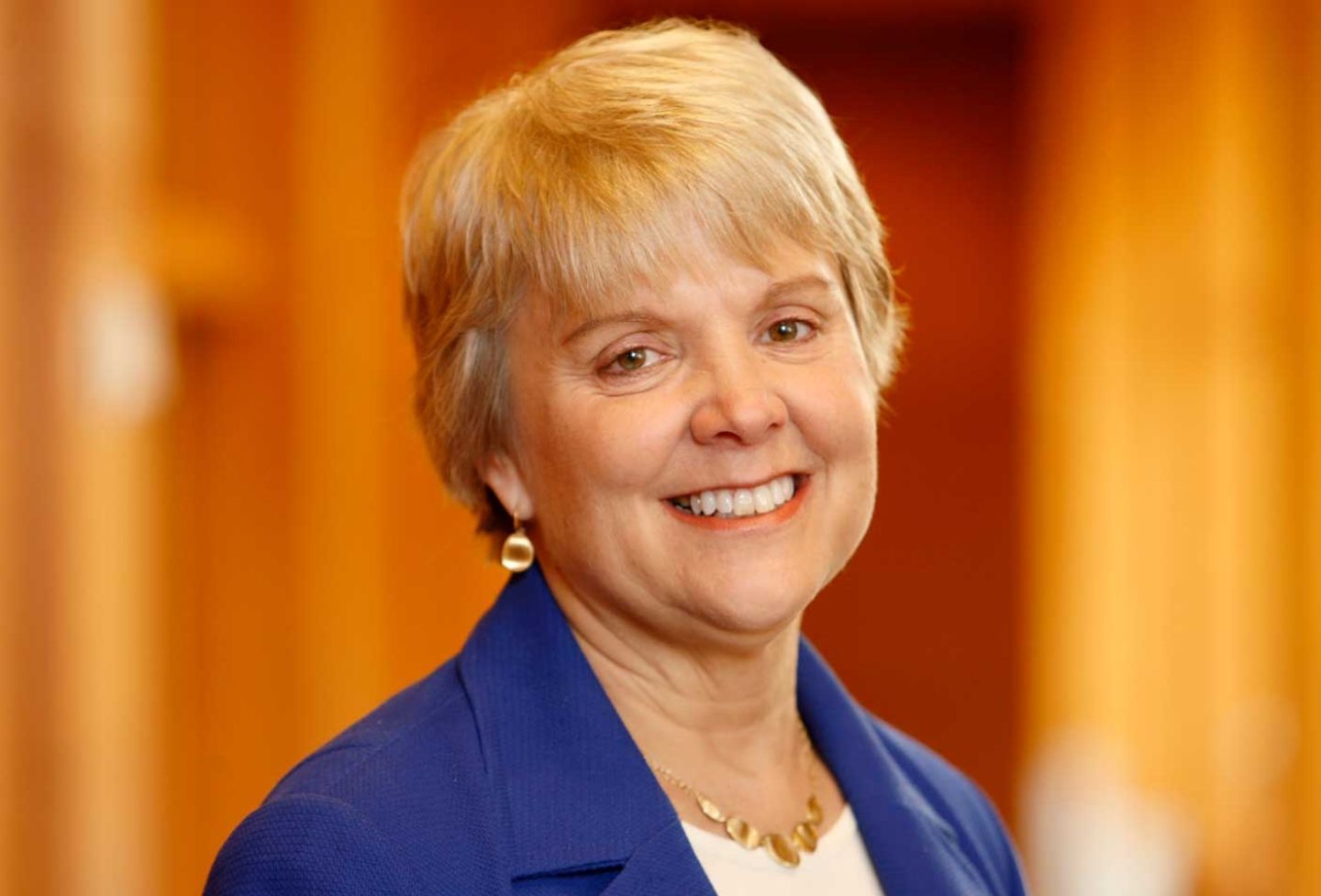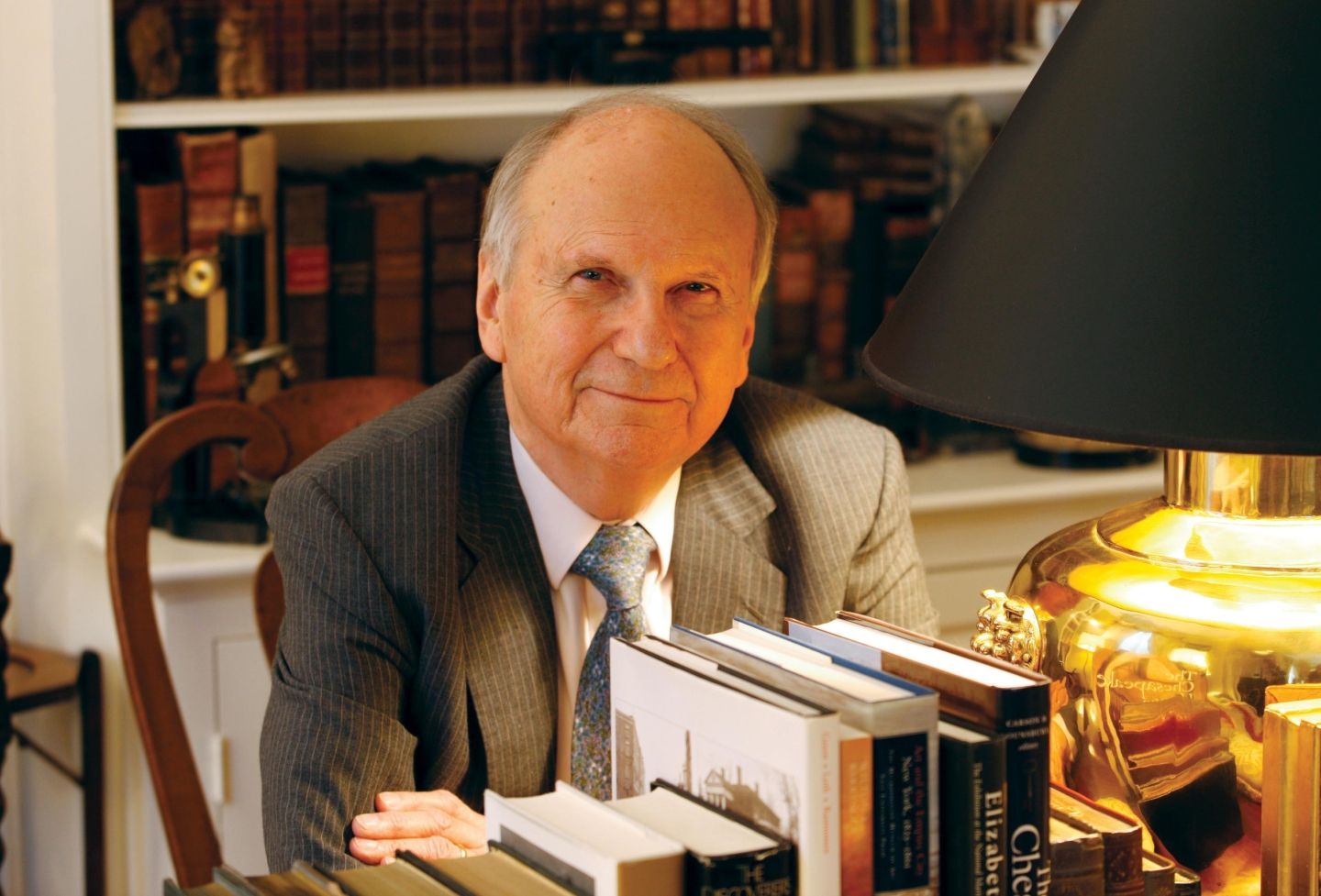The United States’ highest court is hearing arguments against using race as a factor in college admissions policies Monday in cases involving the University of North Carolina at Chapel Hill and Harvard University.
The plaintiff is the same in both: Students for Fair Admissions, an organization that represents college applicants of Asian ancestry.
In the case involving the University of North Carolina, Students for Fair Admissions argues the college discriminates against white and Asian applicants by giving preference to Black, Hispanic and Native American students. In the Harvard case, the plaintiff says the school’s admissions policies discriminate against Asian Americans.
The schools say they stand by their holistic admissions criteria that include the consideration of race among many factors when forming classes with the goal of fostering educational diversity. Before now, the Supreme Court has repeatedly ruled that schools can narrowly consider race among many factors when considering applications.
For expert observations ahead of Monday’s arguments, UVA Today reached out to Kim Forde-Mazrui, director of the Center for the Study of Race and Law at the University of Virginia School of Law.
The Two Suits Being Argued
“In the UNC case, the plaintiffs are making two arguments,” Forde-Mazrui said. “One is that, even under the current law of Grutter v. Bollinger [a 2003 case in which the Supreme Court upheld affirmative action policies at the University of Michigan Law School], the University of North Carolina is violating the equal protection clause” in the 14th Amendment.
That clause reads “No State shall … deny to any person within its jurisdiction the equal protection of the laws.”
“Students for Fair Admissions claims that UNC could use race-neutral alternatives to achieve racial diversity,” Forde-Mazrui said, “which would fail the Grutter test, because that test says you should only use race if there are no workable race-neutral alternative ways to achieve racial diversity.”
Students for Fair Admissions’ larger claim is that “Grutter should be overturned and race shouldn’t be allowed at all,” the expert said.
In the Harvard case, Students for Fair Admissions also is calling for overturning Grutter v. Bollinger. Forde-Mazrui said this case is more complicated. In addition to arguing that there are race-neutral options that could be used in admissions, the plaintiffs say Harvard is “using race excessively, so they’re using more race than is permissible under Grutter because Grutter wants race to be a mild factor,” Forde-Mazrui said.
A third claim is that Harvard is engaged in racial balancing, “which means they are essentially seeking a quota,” Forde-Mazrui said. “And the Supreme Court has made clear that quotas are unconstitutional.”
Students for Fair Admissions’ fourth claim against Harvard is that Harvard singles out Asian applicants for unfavorable treatment. “In Students for Fair Admissions’ language, Harvard is ‘penalizing’ Asian applicants, so that it’s even harder to get into Harvard if you’re Asian than if you’re white,” Forde-Mazrui said.
Harvard and UNC are asking the justices to allow Grutter and other similar decisions to stand. “Those decisions were correct then and remain correct today,” Harvard’s attorneys wrote in their brief.
UVA President Jim Ryan ’92 and Provost Ian Baucom issued a statement to University students, faculty, staff and foundations Friday, ahead of Monday’s hearing.
“Regardless of the court’s ruling, we will remain steadfast in our commitment to make diversity a core part of the educational experience at UVA, and will strive to do all we can, within the bounds of the law, to continue to admit and recruit a widely diverse student body,” they wrote.
Why The Court Has Agreed To Hear the Cases
“I speculate that the court’s conservative supermajority wants to overturn Grutter,” Forde-Mazrui said. “If you look at the conservative justices, they are all likely against affirmative action. We don’t know for sure about some of the newer justices, but we know Samuel Alito, Clarence Thomas and John Roberts, they all voted to strike down affirmative action in the Fisher case.”
In 2016 in Fisher v. University of Texas, the Supreme Court in a 4-3 vote held that the school’s race-conscious undergraduate admissions policy did not violate the equal protection clause. Alito, Thomas and Roberts dissented. Elena Kagan recused herself due to conflict and Antonin Scalia died shortly before the ruling.
What’s at Stake?
If the court rules in favor of the plaintiffs this term, what will be the result?
“Schools will be scrambling to do what many universities have actually already had to do,” Forde-Mazrui said. “There are several states that have already banned affirmative action,” including California, Washington, Michigan and Florida.
“Universities in these states have come up with ways to attempt to admit fairly diverse classes through race-neutral criteria, such as looking more to socioeconomic disadvantage and personal essays that describe unusual or challenging backgrounds and experiences,” he said. “The level of racial diversity at such schools, however, has not been as robust as it would be if race could be considered.”
Forde-Mazrui said he continues to be disappointed that the primary justification for affirmative action in the legal landscape is diversity.
“I believe that a more important justification is correcting inequalities that stem from our discriminatory history, but the court has made diversity the only legally viable justification,” he said. “It’s not racial favoritism. It’s racial egalitarianism that motivates affirmative action,” in his legal opinion.
A vote for the plaintiffs would overturn 40 years of previous rulings that found race could be one of several factors when considering college applicants. The court is expected to issue its rulings in the spring or summer of next year.
Founded in 1819, the University of Virginia School of Law is the second-oldest continuously operating law school in the nation. Consistently ranked among the top law schools, Virginia is a world-renowned training ground for distinguished lawyers and public servants, instilling in them a commitment to leadership, integrity and community service.


